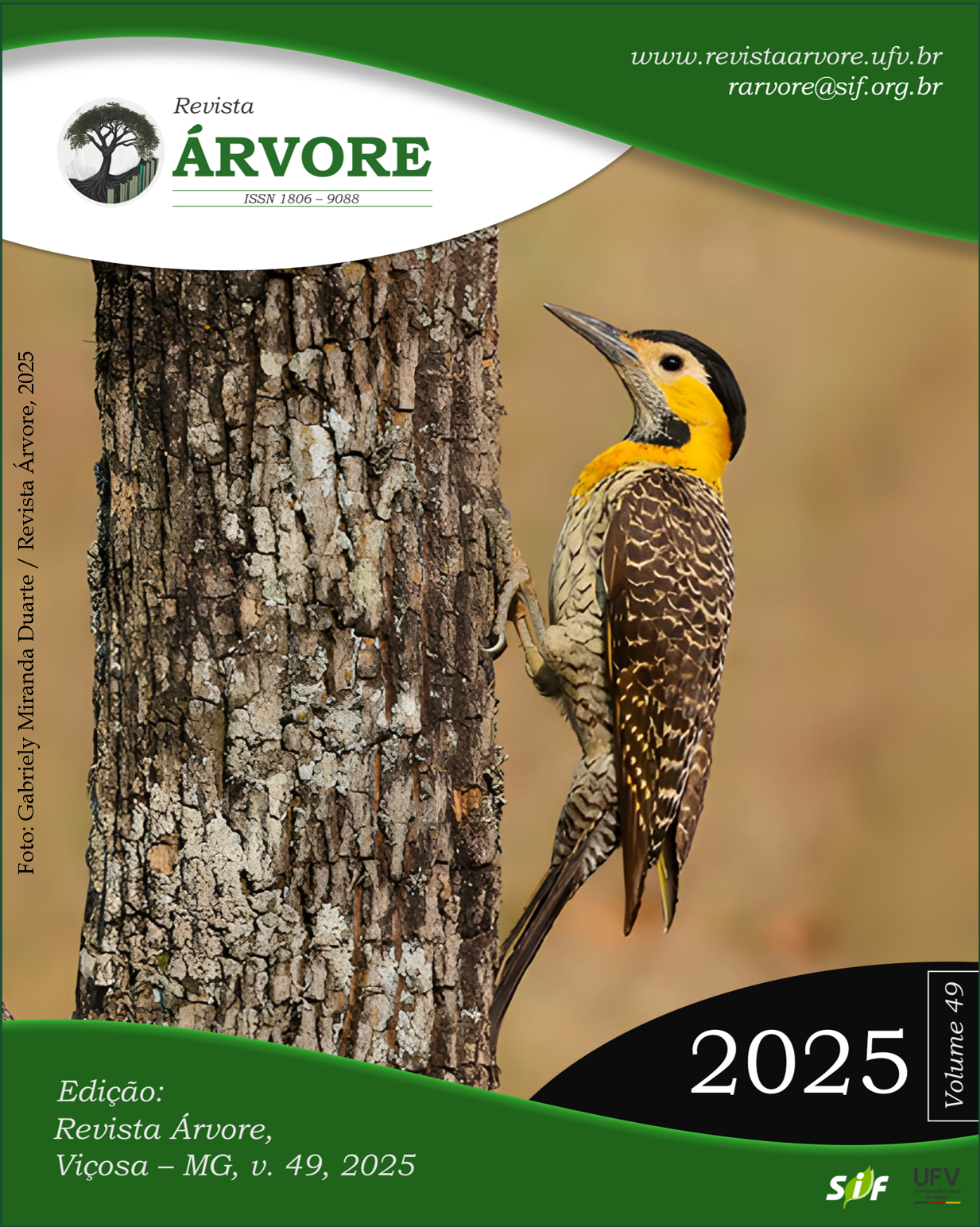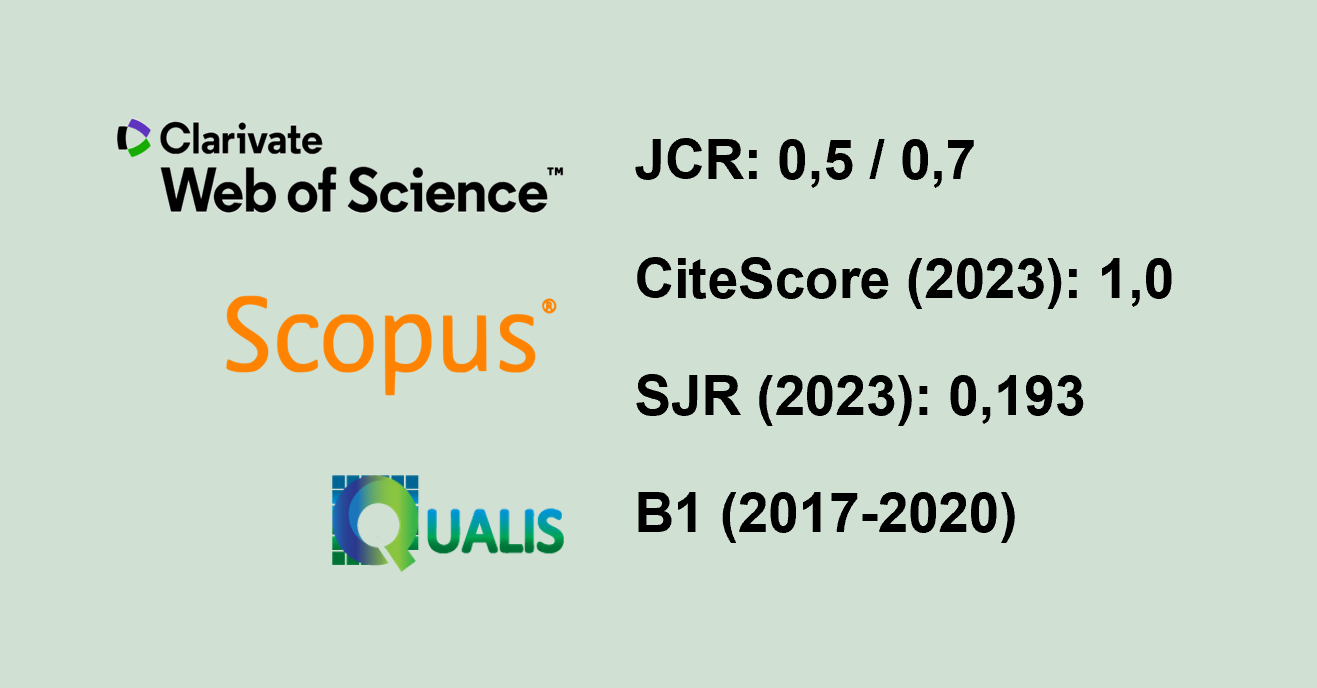Edentree: A web application for optimal rotation age analysis
DOI:
https://doi.org/10.53661/1806-9088202549263865Keywords:
Shiny, R, Forestry sector, Financial viabilityAbstract
The R/Shiny package is a tool that allows the creation of interactive web applications, transforming complex analyses into accessible interfaces. In the forestry sector, Shiny’s potential is still little explored, despite its applications in areas such as forest inventory, fire monitoring, LiDAR data analysis, and biomass and carbon estimates in Brazilian forests. This tool has been adopted by researchers and companies for its ability to generate interactive statistical reports and dashboards, contributing to data visualization and supporting forestry decision-making. From this, the objective of this research was to develop a web application in R/Shiny for the forestry field that, through the calculation of biological and financial indicators, would assist the user in making decisions regarding their forestry project. The main packages used to create the web application interface were: Shiny, bs4Dash, and golem, which offer pre-built functionalities and allow the application to be developed with less effort. For validation, data from a Eucalyptus urograndis forest plantation in Alagoinhas, Bahia, collected in 2021, were used, along with Microsoft Excel and Planin® software. As a result, a functional and online web application was obtained for the forestry field, with satisfactory performance in the validation stages, meeting the established criteria. Thus, the developed tool can contribute to support decision-making during the planning and management of forest plantations.
Keywords: Shiny; R; Forestry sector; Financial viability
Downloads
Published
How to Cite
Issue
Section
License
Copyright (c) 2025 Revista Árvore

This work is licensed under a Creative Commons Attribution 4.0 International License.
All authors agreed to submit the work to Revista Árvore and granted the exclusive license to publish the article. The authors affirm that it is an original work and has not been previously published elsewhere. The scientific content and opinions expressed in the article are the sole responsibility of the authors and reflect their opinions, not necessarily representing the opinions of the editorial board of Revista Árvore or of the Society of Forest Investigations (SIF).








